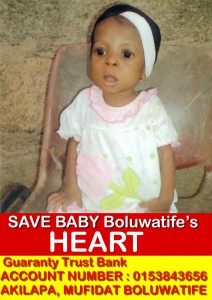by Gospel Giwa
Hello readers, my name is Gospel Giwa and I am KTravula’s sister-in-law. I just returned from the greatest trip of my life, really the only trip of my life. I studied abroad in Rome for about 7 weeks, studying the Italian brand and working an internship doing social media and brand strategy for an up and coming language school. My weekends though were spent traveling all over Europe, here are my thoughts on the five most see cities, and one region in Europe.
Rome
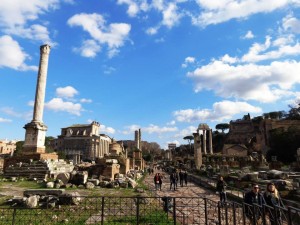
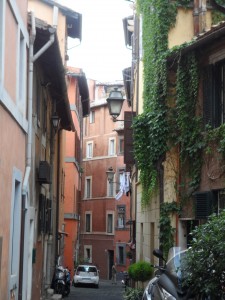 What can I say; I fell in love with Rome. My trip was just perfect. I like to pretend to really be living in a city when visiting; I want to feel like a local. Walking on the cobbled streets, whilst eating the best gelato in town from Frigidarium, or visiting the outdoor market on a Saturday morning. While I of course visited the major sites like the Coliseum, the Pantheon, and Vatican City; what I loved the most is discovering the hidden gems. The amazing art in some of the smaller churches are breathtaking, I almost got a kink in my neck from staring at the ceiling. Piazza Navona was a personal favorite and I preferred the lesser-known Fontana del Nettuno (Fountain of Neptune) to the overly crowded Trevi Fountain.
What can I say; I fell in love with Rome. My trip was just perfect. I like to pretend to really be living in a city when visiting; I want to feel like a local. Walking on the cobbled streets, whilst eating the best gelato in town from Frigidarium, or visiting the outdoor market on a Saturday morning. While I of course visited the major sites like the Coliseum, the Pantheon, and Vatican City; what I loved the most is discovering the hidden gems. The amazing art in some of the smaller churches are breathtaking, I almost got a kink in my neck from staring at the ceiling. Piazza Navona was a personal favorite and I preferred the lesser-known Fontana del Nettuno (Fountain of Neptune) to the overly crowded Trevi Fountain.
The so many things to discover and learn, I was there for 7 weeks and barely cracked the surface. It wasn’t till my last week that I solved the mystery behind the small paintings of Mary and Jesus scattered all around the city. They were placed there to decrease crime in the city, the theory was, the citizens would be less inclined to commit crime with mother Mary and baby Jesus watching you, and the plan was apparently effective.
Venice
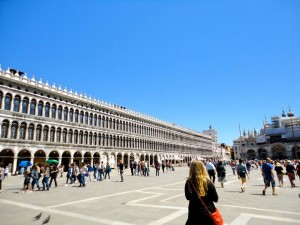
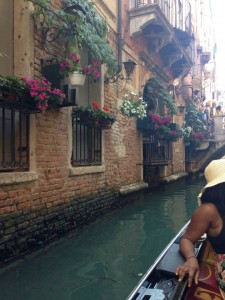 Everyone has heard of Venice, so I don’t know what to say here except that, yes, it’s fabulous and a must-see for all! Venice is one of the most visited cities in the world, due to it being one of the world’s greatest and most beautiful cities for art. Museums abound! And really, the city is a museum in and of itself. I would also say that it’s one of the most romantic cities I’ve visited and for once, I was actually wishing I was not traveling solo, and that is rare for me to say.
Everyone has heard of Venice, so I don’t know what to say here except that, yes, it’s fabulous and a must-see for all! Venice is one of the most visited cities in the world, due to it being one of the world’s greatest and most beautiful cities for art. Museums abound! And really, the city is a museum in and of itself. I would also say that it’s one of the most romantic cities I’ve visited and for once, I was actually wishing I was not traveling solo, and that is rare for me to say.
Venice was, as expected, incredible and a must see. It is indeed a romantic city especially at night, it might even revile Paris, and that’s saying a lot of me. St. Mark’s Square was huge, awe-inspiring and filled with people. Watching all the tourists from so many parts of the world, seeing them sharing in my wonder and appreciation of the city was one of the highlights of my trip. Riding a gondola on the Grand Canal was incredible, I had imagined that moment so many times in my life and actually living it was an experience I will never forget.
Paris
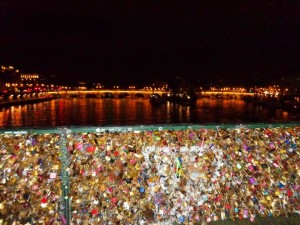
The Lock Bridge, Paris
Ahhhh Paris, the city of lights, romance and love. The Louvre, the home of the infamous Mona Lisa, as well as Hammurabi’s code, is a must. The admission to get in is free every first Sunday of the month and visitors under the age of 25 can visit on Friday nights without any cost.
A lot of people make the mistake of paying for the steep price of the view from the Eiffel Tower; luckily enough for me I was advised to choose the view from the Sacre Coeur (a church located in the Montmartre region of the city) as it is free of cost and you still get to see the Eiffel Tower. I recommend doing your exploring during the day and seeing the major landmarks at night, especially the Eiffel Tower.
I also had time to visit Versailles, which is about 20 minutes from the city by using the metro, which I would recommend in place of taxis. It takes the majority of the day to explore the entire palace, not including the gardens, or Marie Antoinette’s estate. Immaculate and over the top, Versailles is neck to neck with the Eiffel tower in my opinion, the gardens are vast and lush, so be prepared to set out a day for this trip and wear comfortable shoes.
London
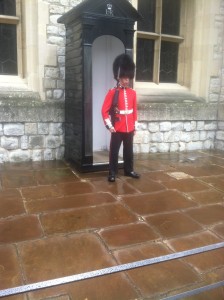 I loved the Tower of London, learning about all the torture devices like the rack and the scavenger’s daughter was both gruesome and interesting, to think a human came up with that in mind for another. And of course the magpie in me loved the crown jewels. Seeing the Rosetta stone at the London Museum, and the view from the London Eye were my favorite parts of my trip.
I loved the Tower of London, learning about all the torture devices like the rack and the scavenger’s daughter was both gruesome and interesting, to think a human came up with that in mind for another. And of course the magpie in me loved the crown jewels. Seeing the Rosetta stone at the London Museum, and the view from the London Eye were my favorite parts of my trip.
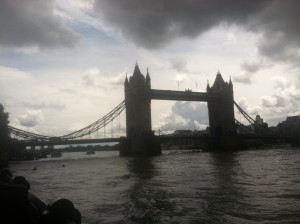 I was not expecting a lot from London besides Big Ben and royalty; and it turned out to be my favorite place I visited. While the sites and attractions were great, they were not as amazing as others I’d seen; Paris and Rome have spoilt me for life. The weather was gray in July and the city was incredibly expensive. Maybe it was that I could finally understand what people were saying on the metro, or maybe it was the attractive men with their even more so attractive accents, or maybe it was the first city where I could imagine myself in. I don’t know why it clicked, on paper I shouldn’t have loved this city, but I did, and I can’t wait to come back.
I was not expecting a lot from London besides Big Ben and royalty; and it turned out to be my favorite place I visited. While the sites and attractions were great, they were not as amazing as others I’d seen; Paris and Rome have spoilt me for life. The weather was gray in July and the city was incredibly expensive. Maybe it was that I could finally understand what people were saying on the metro, or maybe it was the attractive men with their even more so attractive accents, or maybe it was the first city where I could imagine myself in. I don’t know why it clicked, on paper I shouldn’t have loved this city, but I did, and I can’t wait to come back.
Naples
I had my own little Eat, Pray, Love moment, on our way to the Amalfi coast, we stopped by the pizzeria that Elizabeth Gilbert eat in the book, and it was also featured in the movie adaptation, there’s a picture of Julia Robert on the wall to prove it. I got the pizza margherita with double mozzarella, which is what they are famous for, it was delicious and worth the hype.
Amalfi Coast
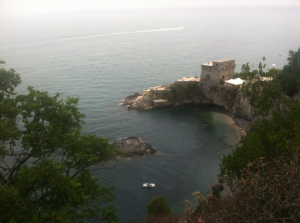 The Amalfi coast is a group of small seaside town along the south side of the Sorrento Peninsula. We were mainly in the small town of Erchie, a town with a population of 80 people. I learned a lot about living the simple life. We eat fresh picked fruits for breakfast, experienced what it felt like and sounded like to eat at a traditional Italian dinner table, went hiking for the first time and saw some of the most amazing views.
The Amalfi coast is a group of small seaside town along the south side of the Sorrento Peninsula. We were mainly in the small town of Erchie, a town with a population of 80 people. I learned a lot about living the simple life. We eat fresh picked fruits for breakfast, experienced what it felt like and sounded like to eat at a traditional Italian dinner table, went hiking for the first time and saw some of the most amazing views.
Every site and view of this wonderful piece of nature was breathtaking. From the beaches, to the caves, to the mountains and yes even the hiking trails; around every corner you will discover a Kodak moment.
If you would like to learn more about the study abroad process and solo traveling visit my blog.
_________________
Gospel Giwa, a recent graduate from the University of Minnesota, can also be found on twitter
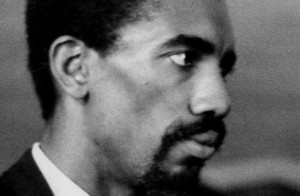
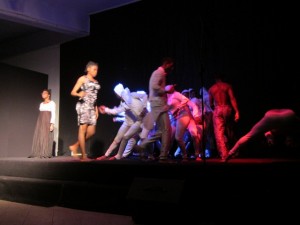
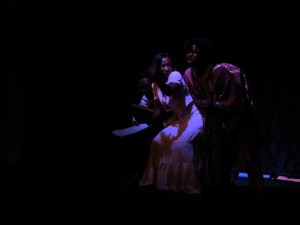
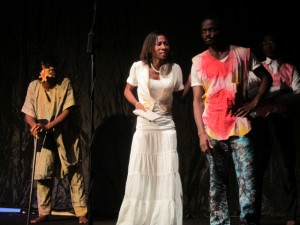
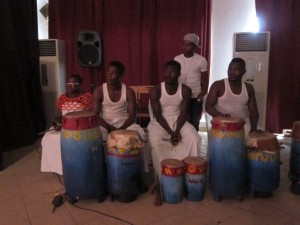

 What can I say; I fell in love with Rome. My trip was just perfect. I like to pretend to really be living in a city when visiting; I want to feel like a local. Walking on the cobbled streets, whilst eating the best gelato in town from Frigidarium, or visiting the outdoor market on a Saturday morning. While I of course visited the major sites like the Coliseum, the Pantheon, and Vatican City; what I loved the most is discovering the hidden gems. The amazing art in some of the smaller churches are breathtaking, I almost got a kink in my neck from staring at the ceiling. Piazza Navona was a personal favorite and I preferred the lesser-known Fontana del Nettuno (Fountain of Neptune) to the overly crowded Trevi Fountain.
What can I say; I fell in love with Rome. My trip was just perfect. I like to pretend to really be living in a city when visiting; I want to feel like a local. Walking on the cobbled streets, whilst eating the best gelato in town from Frigidarium, or visiting the outdoor market on a Saturday morning. While I of course visited the major sites like the Coliseum, the Pantheon, and Vatican City; what I loved the most is discovering the hidden gems. The amazing art in some of the smaller churches are breathtaking, I almost got a kink in my neck from staring at the ceiling. Piazza Navona was a personal favorite and I preferred the lesser-known Fontana del Nettuno (Fountain of Neptune) to the overly crowded Trevi Fountain.





